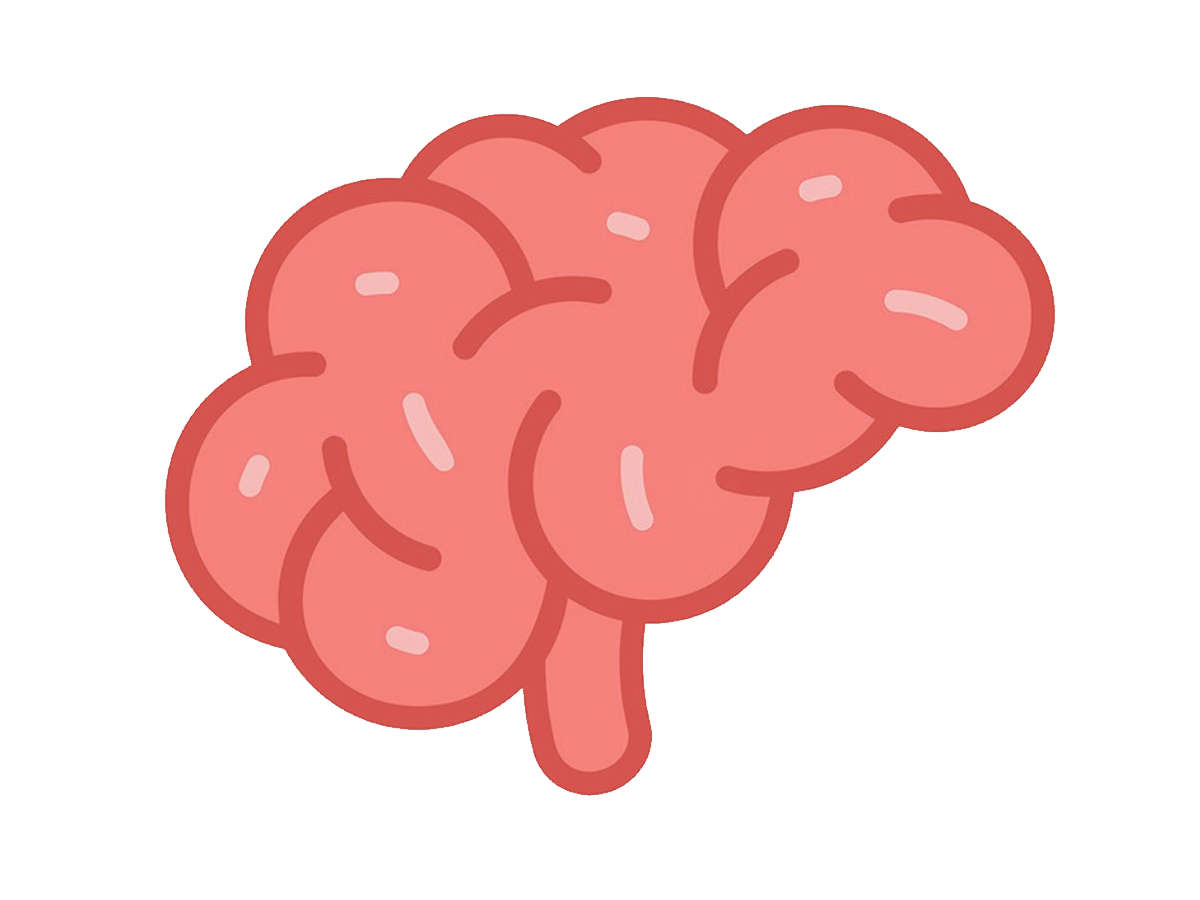WHY? WHY???
10-15 minute read
Whether you’re 16 or 46, it’s a question we’ve all been guilty of asking:
“When will I ever use this in real life?”
From learning where two lines will intersect on a graph to trigonometric identities, sometimes it can be hard to identify where exactly specific mathematical skills can be applied in life. And for a lot of learners, that lack of clarity can quickly turn to frustration and a lack of motivation.
In the spirit of making learning a positive experience, let’s look try to answer the age-old question….”when will I ever use this in real life?”
Let’s start with the easy stuff...
At its most basic, learning math gives us tools to use in our lives that can solve problems that would otherwise get the better of us.
Imagine for a moment that you had never learned what multiplication was. You are at the grocery store and want to know how much it would cost to purchase 10 cases of pop for a party. Seeing the price is $4.99 you pull out your calculator and (not knowing what the multiplication symbol even meant) proceeded to add 4.99 to itself until you reached 10 cases of pop. What could have been a 15 second task took three or four times that amount of time -- and left a whole lot of room for error!
While it might seem ridiculous to not know about multiplication, think for a moment about the other advanced symbols on your calculator that you haven’t learned about yet. What secrets do they hold for getting things done in more efficient ways?
Alright, now let’s move on to something a bit more complicated
Fast forward a few decades. You’re done with high school,
post-secondary schooling is in the rear-view and you’re now a proud homeowner.
One fine spring morning, two particularly competitive young neighbourhood siblings knock on your door offering to cut your lawn for the summer. The first one tells you that she charges $20 per cut. Her brother has a different model: he charges an upfront fee at the beginning of the summer of $100 but then only $10 per cut.
Both kids are at your door, waiting to hear whose offer you’ll take. Being a cost-conscious homeowner, you’re looking for the best deal in town.
Quick -- can you figure out how many cuts it will take before the offer made by the first young entrepreneur has you spending more money?
Now we’re using algebra. While ‘algebra’ is a term you’re not likely to hear outside of an educational setting, the concepts are at work everywhere you turn in daily life.
Okay, but what about Trigonometric Identities?
Let’s picture ourselves back in the classroom for a moment.
Imagine you just solved a problem -- a particularly hard problem that took you awhile to finish, and the answer is fairly complicated. Overall, you’re pretty confident in your math skills, but you know how important it is to review your work.
You check your answer against the answer key and you’re immediately disheartened to see that your answer was wrong. To make matters worse, a you recheck your answer from beginning to end you are simply unable to find a mistake.
You try another question and this time your answer looks similar to the given answer, but it still doesn’t match the answer key, and once again you can’t find any mistakes in your work. Frustrated, you start to wonder if maybe you just aren’t good at math and that you aren’t able to figure out a problem like this. One thing leads to another and you start to toy with the idea of dropping calculus and giving up on your dream of studying nursing, environmental science or biochemistry.
But the problem wasn’t that your answer was wrong, it’s that it was simply in a different format.
Similar to the concept of multiplication vs addition we looked at earlier, understanding trigonometric identities gives us another set of tools for manipulating problems -- and eventually solve them.
The truth is, there are some specific terms, equations and methods that you’ll pick up during your high school career that you may never encounter again. But the ability to use take in new information and use it to look at problems in a new way will stay with you for life.
YEAH, BUT YOU’VE CHOSEN CASES TO MAKE A POINT!
Sure, that’s true. However, those cases we’ve chosen are three of many. We hadn’t touched on the multi-step planning skills that come from the study of mathematics, the communication and message interpretation skills that come from reading and studying Shakespeare and other English literature, the basics of how government works from your Civics course, and so on.
There are so many micro-skills that you have learned without realizing that you’ve learned them, and concepts that you don’t even notice that you’re using in your daily life. Planning trips, building a diet, setting up a budget, reading the news, creating a workout routine, playing games on your phone, driving a car; all of these involve many small steps that you’ve been practicing and refining since you first learned them.
So next time you catch yourself being the frustrated student thinking “When will I ever use this in real life?”, think about the last problem you solved: What steps did you take? How did you know to try that?
Not everything you learn will be useful, but every skill you’ve used you had to learn at some stage in your life.
Brainstorm Academy offers tutoring, credit courses and online learning grounded in real life context and the interests of our students. To learn more about our approach, click here.
Continued Reading
DOUGLAS COREY, BRIGHAM YOUNG UNIVERSITY - “When Will I Ever Use This? An Essay for Students Who Have Ever Asked This Question in Math Class” - https://www.maa.org/sites/default/files/pdf/Mathhorizons/supplement/MH-CoreyWeb.pdf

